In the world of architecture and design, there’s a constant quest for innovative techniques and materials that can transform the ordinary into the extraordinary. One such technique that has been gaining popularity and turning heads in recent years is Shou Sugi Ban. Rooted in ancient Japanese tradition, Shou Sugi Ban is a captivating method of wood preservation and decoration that involves charring the surface of timber to create a stunning and enduring finish.
While the term “Shou Sugi Ban” might sound unfamiliar to many, its striking results are hard to ignore. This ancient art has been reborn in modern design, gracing exteriors and interiors alike with its distinctive character and unparalleled beauty.
In this roundup, we will highlight the various Kebony projects that have utilized Shou Sugi Ban. These projects are a testament to the versatility and timelessness of this remarkable craft. From sleek modern homes and serene retreats to public and commercial spaces that blend seamlessly with their surroundings, each featured project showcases the artistry and ingenuity that can be achieved with Shou Sugi Ban.
Powder Mountain Residence
Powder Mountain Residence is located in Eden, UT, atop the snow-covered slopes. This luxury private residence includes a large deck and windows that overlook the stunning surrounding landscape. Clad in custom charred Kebony modified wood by reSAWN, the exterior of the home perfectly contrasts the white snow, and will withstand the extreme winter climate.
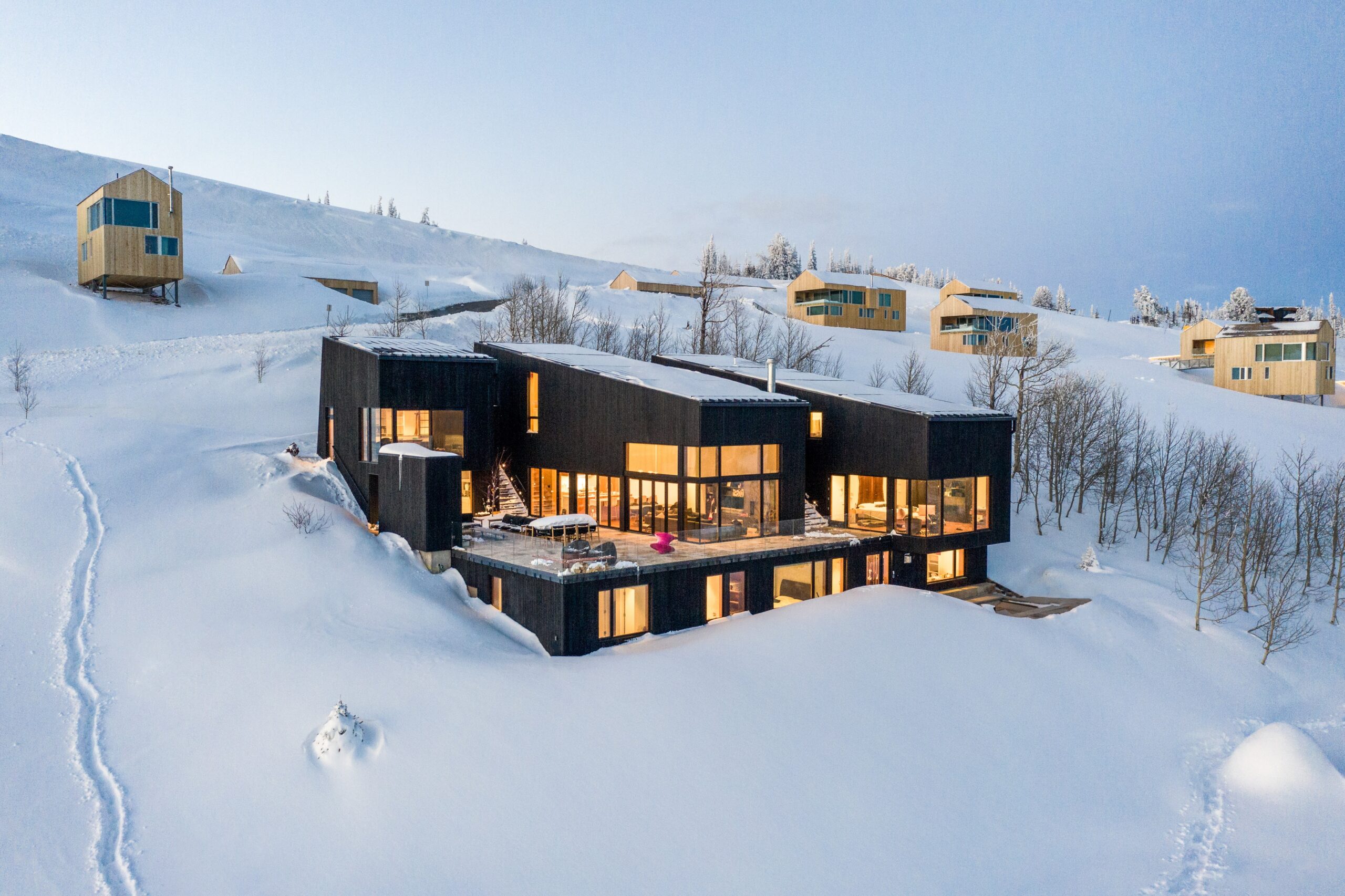
Tesla Showroom
This Tesla showroom in Denver, Colorado features Kebony Clear cladding that has been charred in the Shou Sugi Ban style. Shou Sugi Ban is a Japanese technique for wood charring that provides a uniquely attractive aesthetic while also adding further protection to already durable Kebony wood. Tesla aims to encourage sustainability and clean energy production, which aligns well with Kebony’s values.
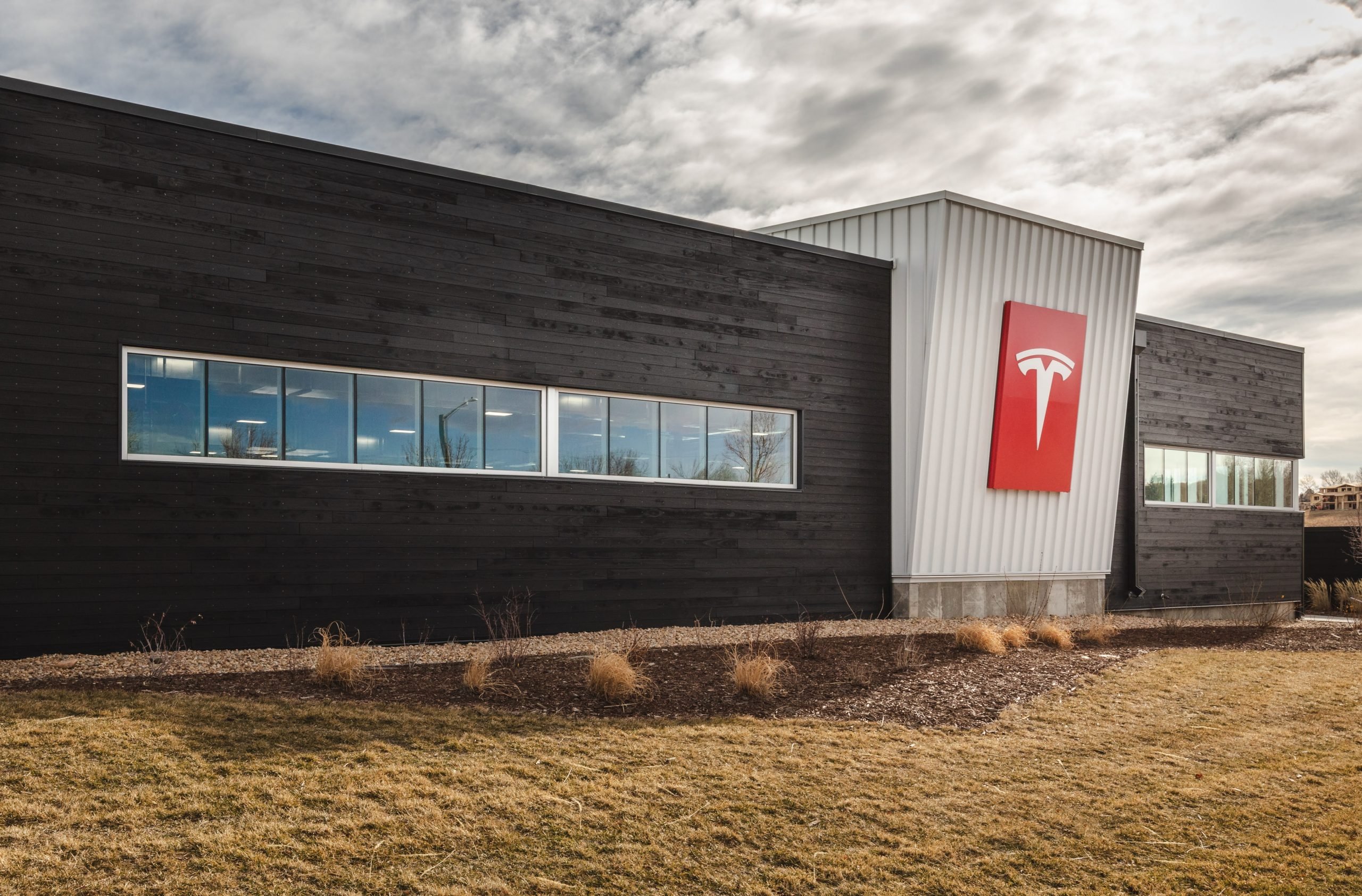
McDonald’s at Walt Disney World
Walt Disney World Resort is home to a Net Zero Energy McDonald’s restaurant designed by Ross Barney Architects. McDonald’s aims to become the first Net Zero Energy energy quick service restaurant, and the Disney Flagship location is the first step in this direction. Hallo Kebony Shou Sugi Ban cladding by ReSAWN Timber co. outfits the exterior of the building, and aligns with McDonalds’ sustainability goals. The cladding is also durable enough to withstand the warm and humid Florida climate. Solar panels cover the restaurant’s roof, which is an optimal energy-efficient choice in this warm and sunny area. Through sustainable architecture and technology that promotes environmental responsibility, the restaurant is an excellent example of what is possible in the quick service industry.
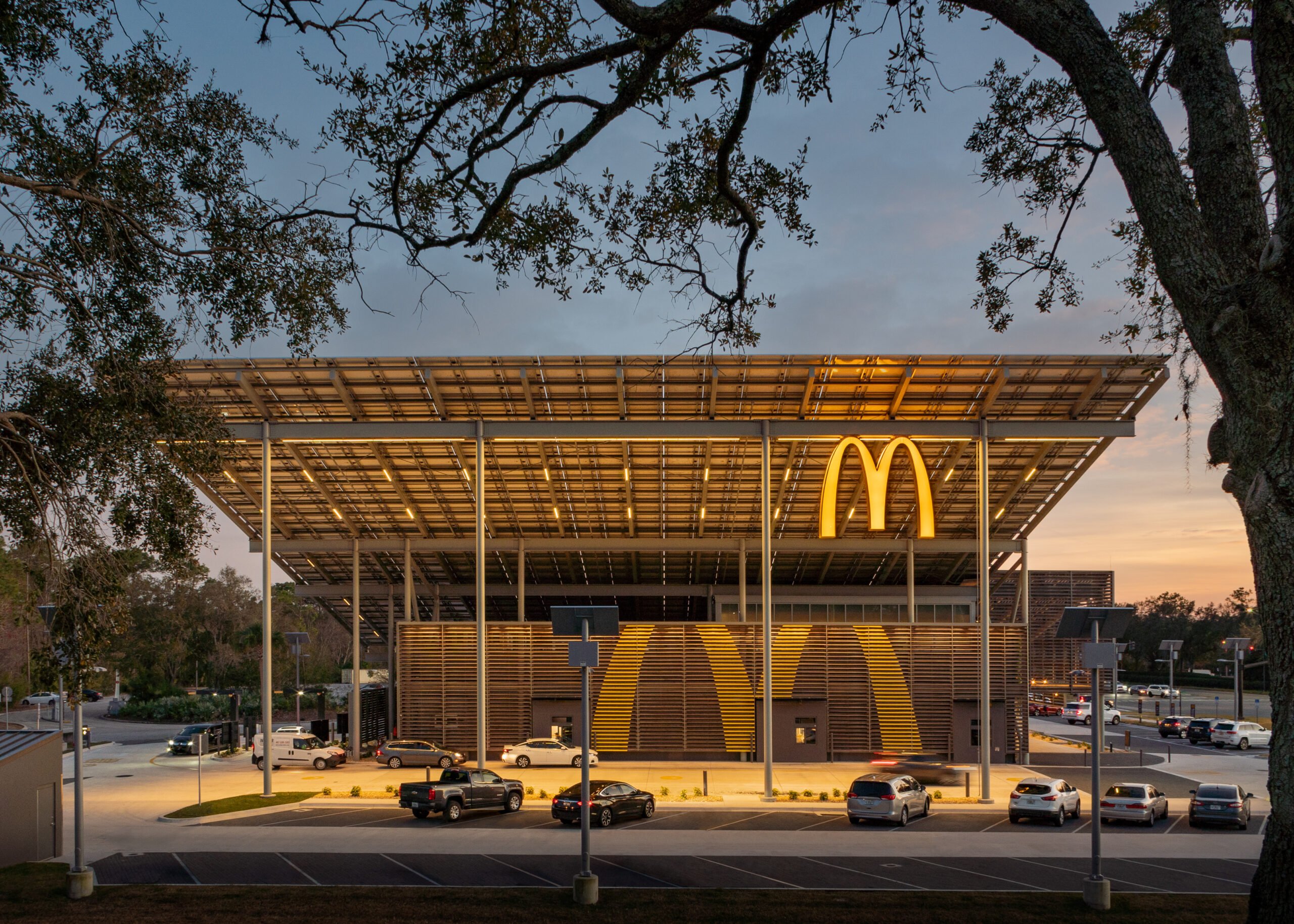
Theatre Squared
Theatre Squared is a professional theatre in Fayetteville, Arkansas. The facility includes two theatres, a rehearsal space, offices, a space for community theatre education, and workshops and storage for scenery and costumes. In addition, apartments for guest artists are located on-site, and outdoor terraces and a café/bar complete the scene.
The building was designed with sustainability in mind, exceeding national standards with repurposed building materials. The exterior is composed of Arkansas pine board-formed concrete and Kebony modified wood. The Shou Sugi Ban method was used on the exterior Kebony cladding, which is a Japanese charred wood technique completed by Delta Millworks.
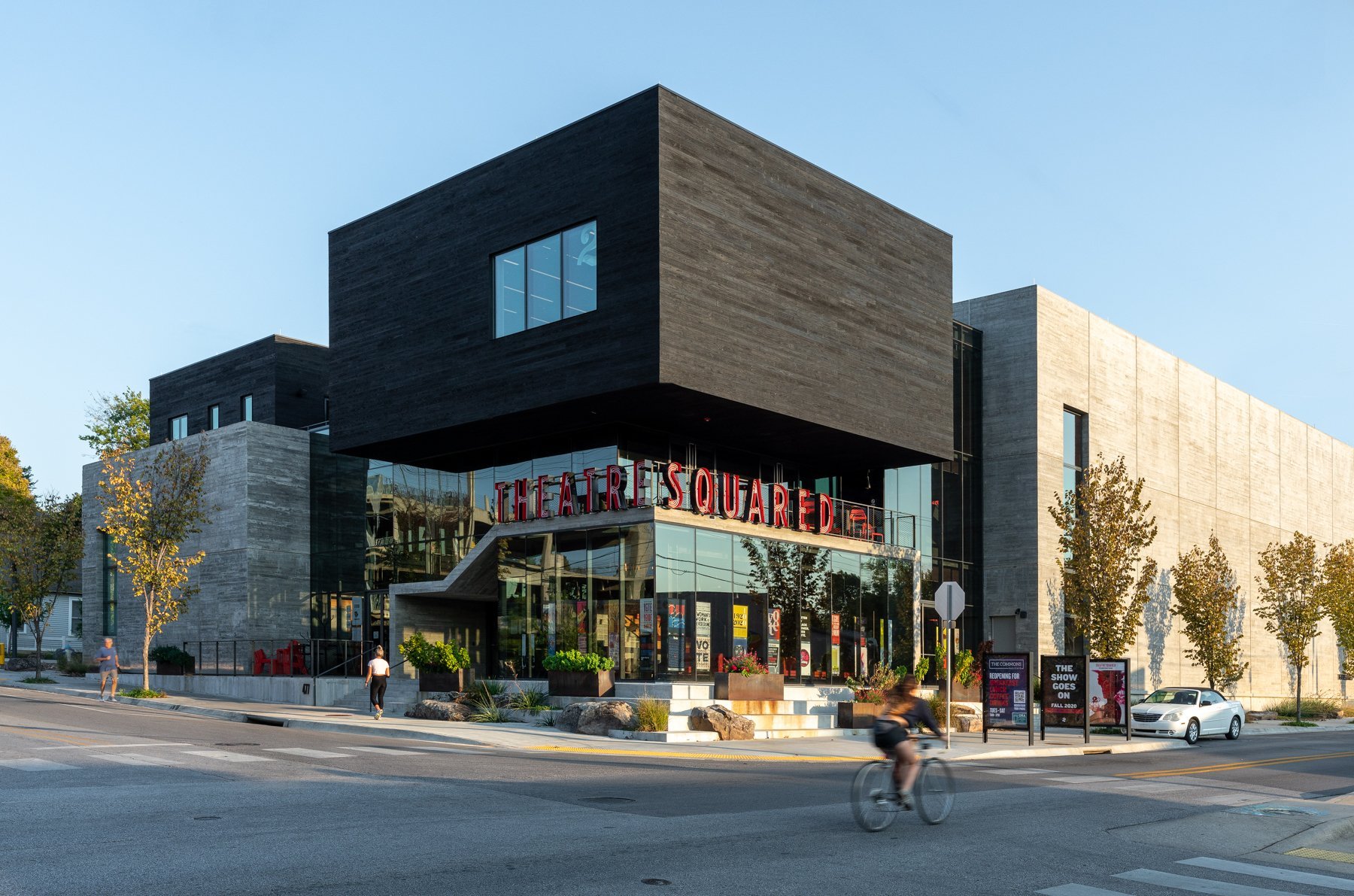
TravisMathew
TravisMathew is a premier men’s apparel retailer in activewear/lifestyle brand with roots in golf, tennis and general fitness. Mixing traditional sportswear with contemporary design, TravisMathew polo and golf shirts feature proprietary fabrics and fits that favor both styling and performance. This Austin, Texas location features Shou Sugi Ban provided by Delta Millworks. Shou Sugi Ban is the Japanese tradition of preserving wood by charring it, providing a beautiful and lasting exterior.
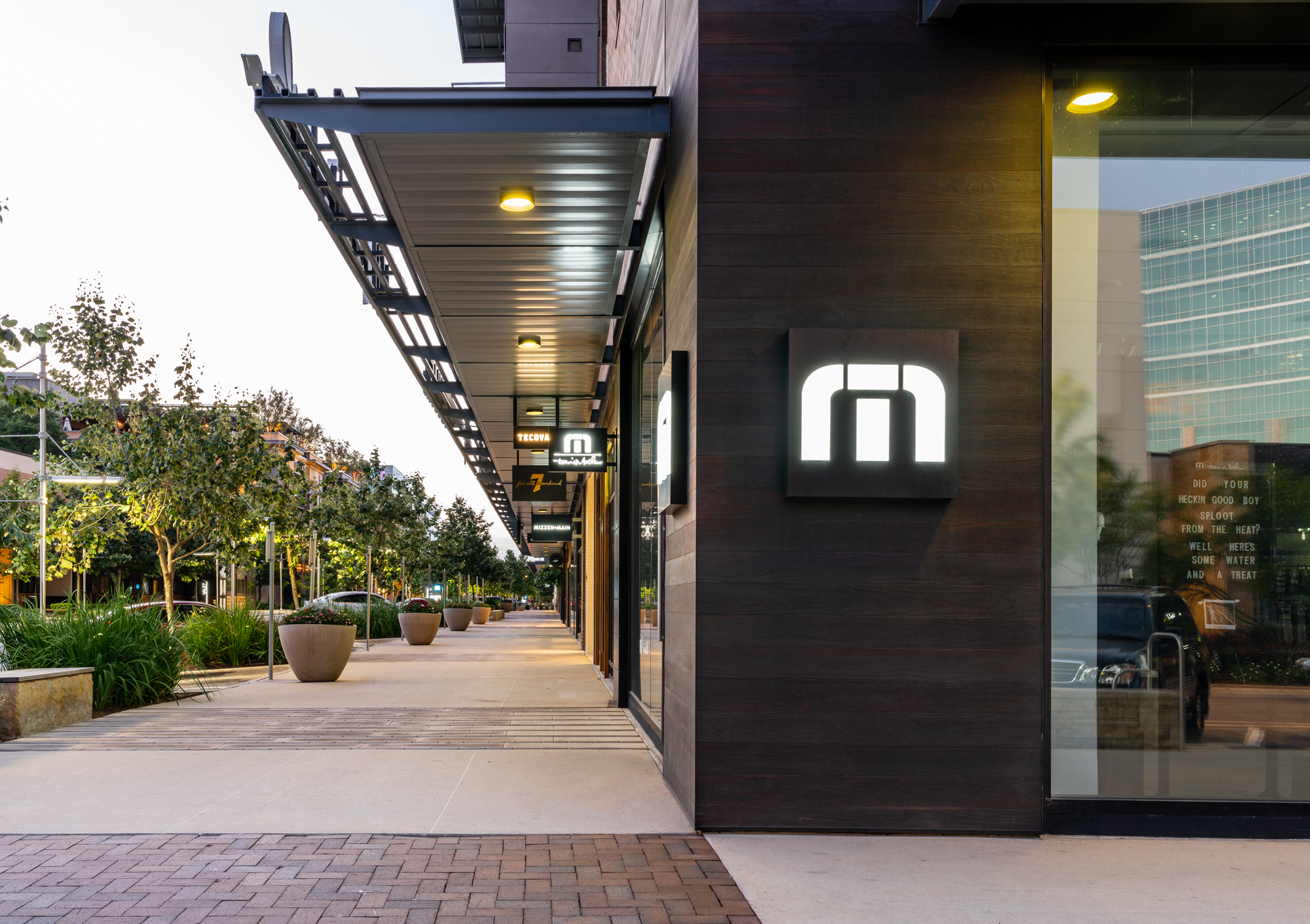
Shou Sugi Ban is a remarkable technique that transcends the boundaries of traditional woodworking to create not just functional structures, but works of art that tell stories of nature’s resilience and the human spirit’s creativity. Its roots in ancient Japan have evolved into a global movement, with artisans and designers harnessing its power to enhance the beauty and durability of wood.
The allure of Shou Sugi Ban lies not only in its striking aesthetics but also in its sustainable and eco-friendly attributes. By preserving wood through charring rather than toxic chemicals, it contributes to a healthier environment.
Whether you’re considering a Shou Sugi Ban project for your home or simply admiring the beautiful structures it has influenced, it’s clear that this centuries-old technique continues to leave a lasting impression on the world of design and construction.



